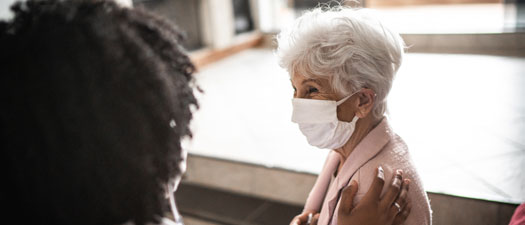Kyphosis is common, particularly as people age. Scheuermann's kyphosis happens while a child's body grows.
Normal vertebrae (the bones in the spine) are shaped like rectangles and stack on top of each other with a disc between them. With Scheuermann's kyphosis, the front of the vertebrae wedge forward, which causes the spine to curve forward.
Scheuermann's kyphosis develops in teenagers while their bones are growing. It happens in about 1% of people in this age group and affects males and females equally.
Causes and symptoms
-
OR
-
OR
Helpful resources
——

Health and wellness
Looking for ways to feel your best? Check out our wellness library and community events.


